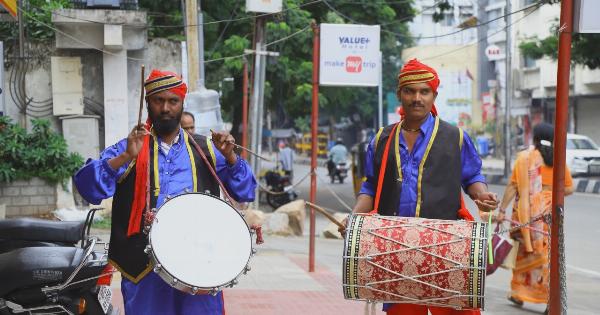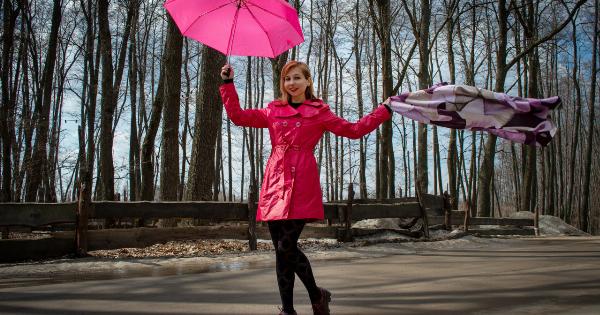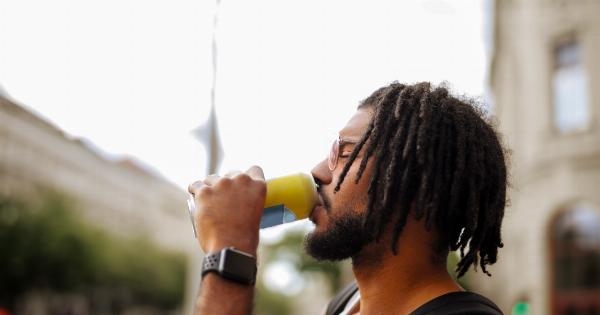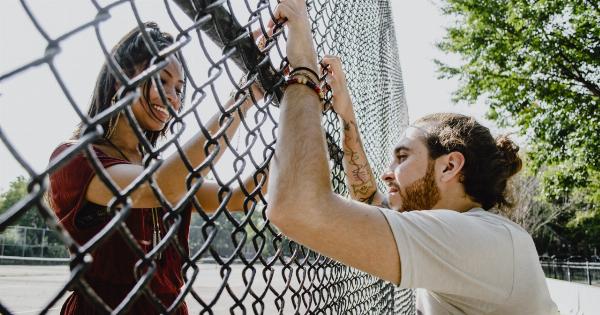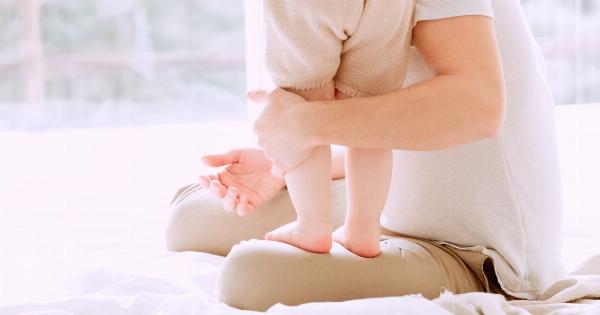Yoga is a popular form of exercise and relaxation that provides numerous physical and mental health benefits. It involves a combination of physical postures, breathing exercises, and meditation techniques.
However, when it comes to practicing yoga, age plays a significant role in ensuring safety and avoiding potential injuries. In this article, we will explore the importance of yoga safety and how age affects our ability to engage in different yoga practices.
The Benefits of Yoga
Before delving into the influence of age on yoga safety, let’s first understand why yoga is beneficial for individuals of all ages.
Yoga has been practiced for thousands of years and is known for its ability to promote physical fitness, flexibility, and strength. It can also help reduce stress, improve mental well-being, enhance focus and concentration, and increase overall body awareness. Regular practice of yoga has also been associated with better sleep, improved digestion, and even weight management.
The Importance of Yoga Safety
While yoga offers a multitude of benefits, it is essential to prioritize safety while engaging in this practice. This is particularly true when considering the impact of age on our physical capabilities and limitations.
Whether you are a beginner or an advanced practitioner, yoga poses and practices should be modified to suit your age and fitness level in order to minimize the risk of injury.
Age and Flexibility
Flexibility naturally decreases as we age due to factors such as decreased collagen production and the gradual loss of muscle fibers.
Consequently, older individuals may find it more challenging to achieve certain yoga postures that require a high level of flexibility. However, this doesn’t mean that yoga is off-limits for older adults. Modifications can be made to adapt postures and make them accessible to individuals with reduced flexibility.
Incorporating props like blocks, straps, and bolsters can provide the necessary support to execute poses safely and effectively.
Age and Balance
Another aspect influenced by age is balance. As we grow older, our balance naturally declines due to factors such as muscle weakness, joint stiffness, and changes in proprioception.
These factors can make balancing poses in yoga more challenging for older individuals. It is vital to modify and adapt yoga sequences to focus on improving balance and stability. Additionally, practicing near a wall or using a chair or other support can provide an added level of safety during balance-focused postures.
Age and Strength
Strength is crucial for executing yoga poses safely and with stability. However, as we age, we tend to experience a decline in muscle mass and strength.
This can pose challenges when attempting more physically demanding yoga poses that require significant strength, such as arm balances or advanced inversions. To ensure safety, it is important for individuals, especially older practitioners, to gradually build strength through regular practice and by modifying poses to suit their current abilities.
Age and Breathing
Breathing techniques, also known as pranayama, are an integral part of yoga practice. They help regulate the breath, calm the mind, and bring balance to the body.
Aging can affect lung function and capacity, making it necessary to adapt breathing exercises for older individuals. Gentle pranayama practices and techniques that focus on expanding lung capacity can be beneficial for older yogis, ensuring they receive the benefits of controlled breathing without straining their respiratory system.
Age and Inversions
Inversions, such as headstands and shoulder stands, are advanced yoga poses that place the body in an upside-down position.
While inversions offer unique benefits like improved circulation, increased focus, and an energy boost, they also carry the risk of strain or injury, especially for older individuals. Inversions require sufficient strength, stability, and a healthy cardiovascular system.
Older practitioners should approach inversions with caution and only after developing a strong foundation in basic yoga poses, seeking proper guidance from certified instructors.
Age and Hot Yoga
Hot yoga, which takes place in a heated room, has gained popularity in recent years. While the high temperature can enhance flexibility and increase sweat production, it may pose risks for older individuals or those with certain health conditions.
The heat can lead to dehydration, overheating, or exacerbation of underlying health issues like high blood pressure. Older practitioners should exercise caution when participating in hot yoga classes, staying adequately hydrated and monitoring their body’s response to the heat.
Age and Restorative Yoga
Restorative yoga is a gentle, relaxing practice that focuses on stress relief and encourages deep relaxation. This style of yoga involves holding poses for an extended period with the support of props to enable relaxation and restoration.
Restorative yoga can be particularly beneficial for older individuals who may have limited mobility or chronic conditions. It allows for accessible postures that help release tension, restore energy, and induce a sense of well-being.
Conclusion
Yoga is a versatile practice that can be enjoyed by individuals of any age. However, it is essential to recognize that age impacts our physical capabilities and limitations, making adaptation and modification crucial for yoga safety.
By understanding and respecting our bodies’ needs and limitations at different stages of life, we can ensure a safe and enjoyable yoga practice that continues to provide its myriad of benefits.













